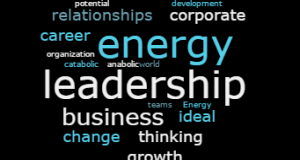
In part three of our series on organizational health we explore the need to communicate the clarity we defined in part two by communicating that clarity repetitiously. If the core messages relaying the priorities of an organization are not communicated repeatedly, the message will be quickly lost and forgotten. How many times have you attended a company town hall meeting given by the CEO where s/he reviews a presentation explaining the organization’s direction, priorities, timelines,…
READ ARTICLE



